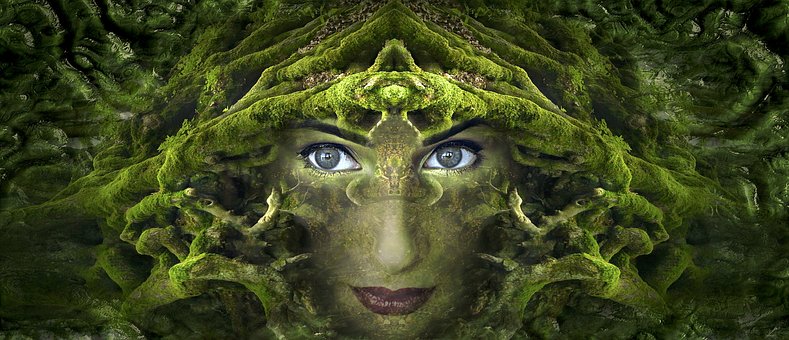The new Bailo is expanding. Four new rooms have been added to the existing museum itinerary, reserved for as many protagonists of 20th-century Venetian painting: Alberto Martini, Nino Springolo, Lino Selvatico and Giovanni Barbisan. «Our intention is that – highlight the mayor Mario Conte and the councilor for culture Lavinia Colonna Preti – to present, with a carefully selected nucleus of works, 4 artists who in the previous system were only “mentioned”, starting with the ” another Martini”, the opitergino Alberto. Extraordinary artist for technical ability and visionary, one of the greatest Italian artists of the last century, the Italian symbolist par excellence. For the preparation of the new Sala Alberto Martini we asked for, and generously obtained, the collaboration of the Municipality of Oderzo and the Oderzo Cultura Foundation: a warm thank you to the mayor, Maria Scardellato, to the president, Maria Teresa De Gregorio, and to the director Filippo Maria Cover”.
«In anticipation of the celebrations, in 1924, of the centenary of the death of Alberto Martini – adds Fabrizio Malachin -, the Foundation granted a truly significant group of works for the Sala Martini, starting with the great “Self-Portrait”. In the Room you will also be able to admire 23 ink on cardboard of the famous illustrations of the “Divine Comedy”, 18 illustrated postcards dedicated to the theme of the “Danza Macabra”, a group of the artist’s work tools, together with the heritage works of the Civic Museums Trevigiani: the 7 pastels entitled Fantasie al sole, evidence of a symbolism nourished by literature, and L’esprit travaille, an interior self-portrait painted in the ‘black manner’, a very notable example of the Parisian period».
If the symbolist artists tried to overcome the pure appearance of things, finding a link between objective data and subjective feelings, thus trying to rediscover the spirituality that exists in harsh reality but is part of the realm of the invisible, with the other protagonists one enters in a different sphere from the return to order to the observation of natural data.
The Room reserved for Nino Springolo (1886 – 1975) thus brings together important works by the master, mainly focused on two strands: portraits and landscapes. With masterpieces such as the “Sile alla Fiera” of 1939, or “The river in spring” of 1928, a spectacular sequence of views of the Sile opens, to then move on to portraits: “Piero” of 1923, “Gemma” of 1941, etc. An in-depth monographic exhibition is also planned for Springolo in 1924.
The recently received donation of works and testimonies by Lino Selvatico (1872 -1924) will find space in the Room dedicated to him. It will be documented more extensively in the monograph that will be announced to the Venetian artist for the coming months, presenting him as one of the most sought-after and refined portrait painters in the wake of Giovanni Boldini, Corcors, Lavery. Thanks to the donation, the masterful “Portrait of Teresita Lorenzon”, heritage of the Civic Museums, will be extraordinarily accompanied by her oil sketch and two other important paintings.
Even Giovanni Barbisan (1914 – 1988) forcefully returns to the staging of the Bailo with large and scenographic works. First of all the fresco that saw him as protagonist at the 1936 Biennale for the fresco section, Our best friends are the rural people, but also the large canvas with a Fascist martyr, and then two Self-portraits from 1937 and from the 1950s. Some magnificent still lifes also represent it, one of which is a fresco. The Bailo thus enriches the permanent section through 4 protagonists of the art who took their first steps from Treviso.

